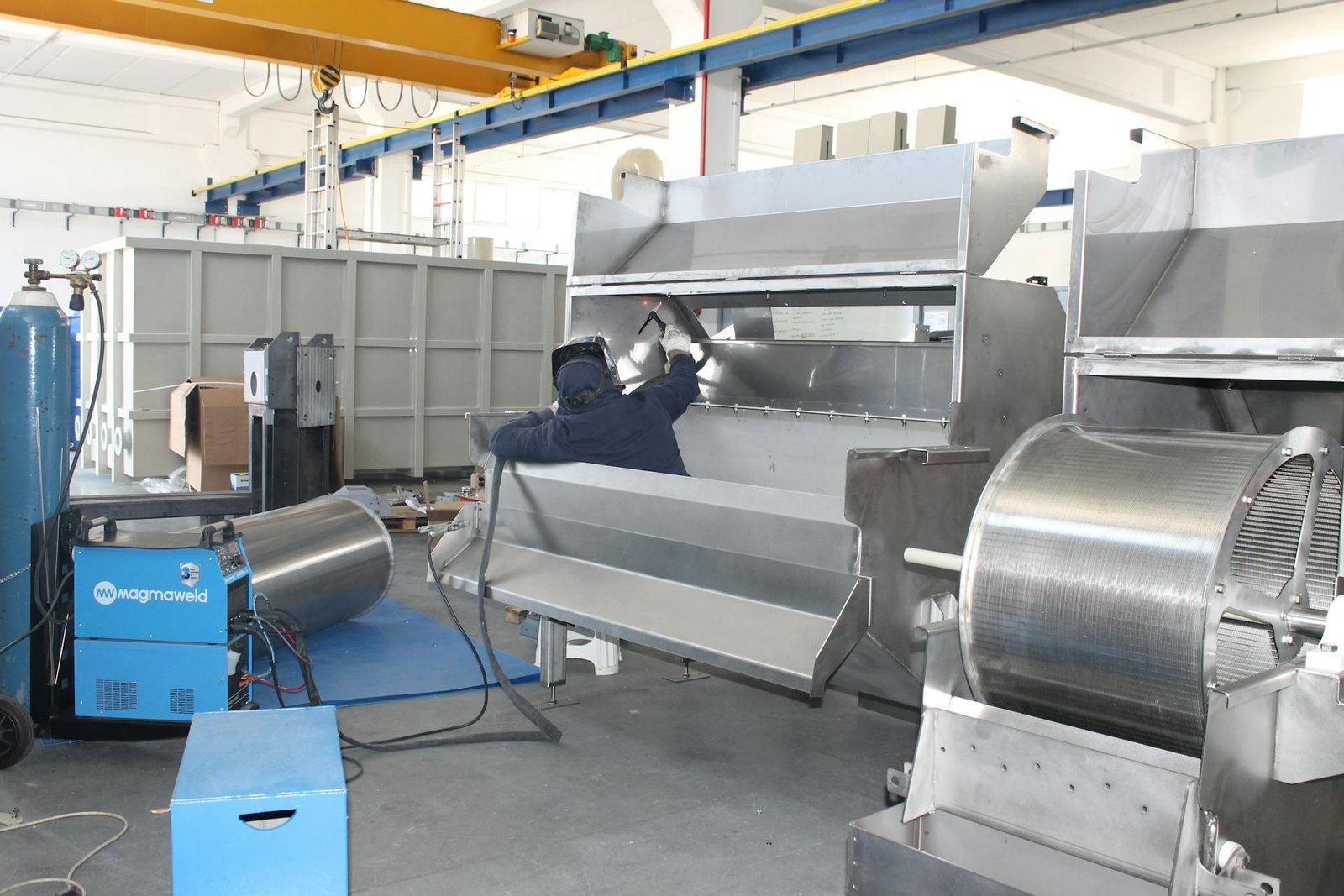For a long time, product development in tech followed a relatively linear path. Engineers would build a feature, test it, and ship it. That feature would solve a specific problem or deliver a specific benefit to the end user. But in recent years, a subtle yet significant shift has been taking place in how engineers, designers, and product leaders approach their work. Increasingly, they’re thinking not just in terms of features but in terms of ecosystems—a broader, interconnected perspective that treats technology as part of a living, dynamic system.
When engineers begin to think in terms of ecosystems rather than isolated components, the result is often more scalable, adaptable, and user-friendly products. This shift in mindset encourages deeper thinking about long-term sustainability, integration, and how users actually interact with systems over time—not just in a single moment.
Moving Beyond the Feature Checklist
Traditional engineering workflows have often been structured around delivering features. These might be new buttons, dashboards, filters, or performance improvements—each one tackling a discrete user request or business objective. While this approach is efficient and measurable, it can create products that are fragmented, hard to navigate, or difficult to scale.
Features tend to be short-term wins. They satisfy stakeholders and check boxes on roadmaps. But when added without a cohesive strategy, they accumulate like patches on a quilt—each one useful, yet not always harmonious with the rest. Over time, this feature-first thinking can produce systems that are hard to maintain, inflexible to change, and frustrating for users.
By contrast, ecosystem thinking pushes teams to step back and ask a bigger question: How does this piece fit into the larger system? What dependencies does it create? How might it evolve? What other elements does it affect—and how can it be designed to support those interactions gracefully?
Understanding the Ecosystem Mindset
An ecosystem approach draws inspiration from nature and biology. In nature, every element plays a role in the overall health of the system. A tree provides shade, food, and oxygen. It doesn’t just exist for its own sake; it supports other organisms while depending on the soil, water, and insects around it. If one part of the ecosystem fails, the effects ripple outward.
In engineering, this mindset translates into designing with a sense of interconnectedness. A software module is not just a standalone feature—it’s part of a living system of data, APIs, user behaviors, third-party integrations, and evolving business goals. It should be built to support adaptability, not just utility.
This approach is especially important in complex systems like cloud infrastructure, AI platforms, healthcare applications, or fintech products—where decisions in one area can have unexpected consequences elsewhere. Building with ecosystem awareness means anticipating those ripple effects before they cause problems.
Real-World Benefits of Ecosystem Thinking
1. Better User Experiences
One of the clearest benefits of this approach is a more intuitive and cohesive user experience. When features are designed as part of a larger ecosystem, they tend to align more naturally with user flows and expectations. There’s less cognitive friction. The interface feels like it “just works,” because everything fits together in a coherent way.
Take Apple, for example. One of the key reasons its ecosystem is so beloved is because each part—from the iPhone to the Mac to the Apple Watch—isn’t just a separate product. They’re designed to work together, with continuity features, shared data, and unified design principles. It’s not just about adding features—it’s about designing how everything fits.
2. Greater Resilience and Scalability
Systems built with ecosystem thinking tend to be more resilient. Engineers consider not just what needs to work today, but what might need to change tomorrow. They ask: How will this scale? How easy is it to plug new components in or remove old ones? What happens if this part fails?
This leads to more modular architectures, cleaner APIs, and fewer hard-coded assumptions. It also makes it easier to pivot when business priorities shift or new technologies emerge. Products built as ecosystems are better positioned to evolve with time, rather than requiring complete rewrites every few years.
3. More Collaborative Development
When teams adopt an ecosystem view, silos start to break down. Frontend, backend, infrastructure, and data teams are no longer just working on their “piece”—they’re working together to shape how the system functions as a whole. This promotes stronger communication, shared ownership, and fewer surprises during integration.
It also fosters a culture of reuse. Instead of each team reinventing the wheel, shared components and services become more valuable. Developers begin to build for extensibility, not just completion. Over time, this leads to faster development cycles and fewer bugs.
4. Improved Ethical and Social Awareness
An often-overlooked benefit of ecosystem thinking is its ability to promote more responsible design. When engineers consider the broader system, they’re more likely to ask ethical questions: How does this impact user privacy? What data are we collecting, and why? How might this affect people who weren’t part of our original use case?
Thinking in systems forces teams to consider unintended consequences. It’s easier to spot where bias might enter, or where accessibility might break down. It helps teams anticipate how the system might be misused or misunderstood—leading to more transparent, inclusive, and user-protective design.
What This Looks Like in Practice
Ecosystem thinking isn’t just philosophy—it’s a practical shift in how teams structure their work. It can take many forms, including:
Each of these practices supports the broader goal of creating systems that feel more alive—able to adapt, expand, and respond to changing conditions over time.
Challenges Along the Way
Of course, ecosystem thinking doesn’t come without trade-offs. It often requires more upfront planning, cross-team coordination, and architectural discipline. It may slow down initial development in favor of long-term sustainability. Stakeholders may push back, especially if they’re used to fast feature delivery and quick wins.
There’s also the risk of over-engineering—building complex systems for problems that don’t require them. Not every product needs to be an ecosystem. But as systems grow in complexity and ambition, thinking holistically becomes not just useful, but essential.
The Future of Engineering Is Systemic
As technology becomes more embedded in every aspect of life, the need for ecosystem-level thinking will only increase. Products don’t exist in isolation anymore. They live within vast webs of data, users, regulations, integrations, and evolving expectations.
Engineers who embrace this mindset aren’t just solving problems—they’re shaping environments. And the best systems aren’t the ones with the most features. They’re the ones where everything works together, where nothing feels bolted on, and where the whole is greater than the sum of its parts.
Ecosystem thinking doesn’t just make better products—it makes better engineers, too. It encourages curiosity, humility, and a deeper understanding of how technology affects people and the world they live in. And in an age defined by complexity, that mindset might be one of our most powerful tools.








